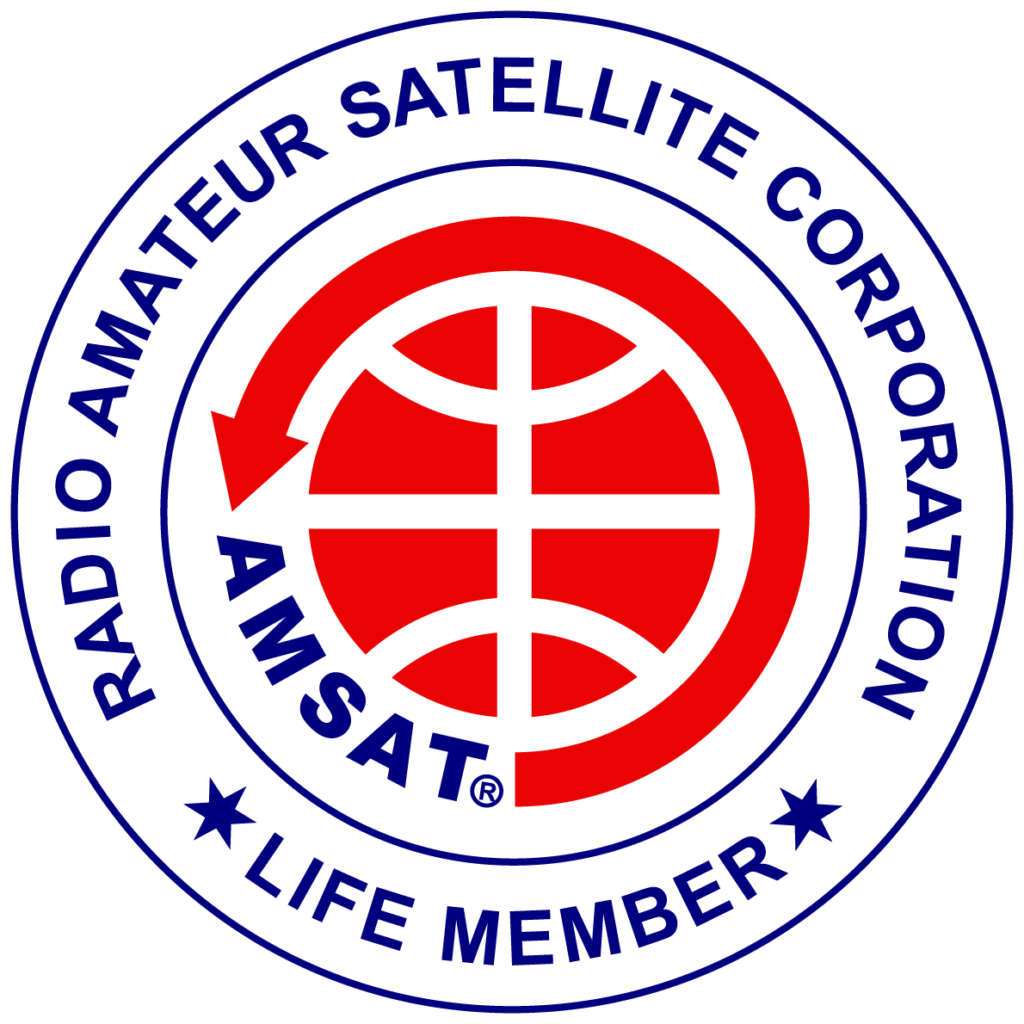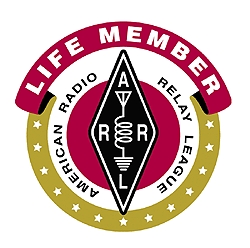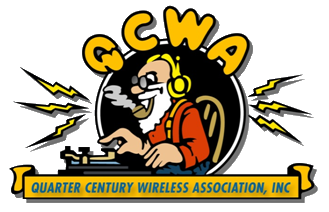In May I acquired a FlexRadio Flex-1500 Software Defined Radio. While the target market for that device might be the EME/VHF/UHF folks, it caught my attention for two reasons. First, I have an ongoing interest in DSP and Software Defined Radios. FlexRadio seems to be one of the leaders in that area. Second, as a QRP person, the 5 watt Flex-1500 and small size was appealing as well.
Depending on your point of view an advantage (or disadvantage) of an SDR is that a PC becomes your user interface. This is an advantage when you think in terms of the flexibility of such an interface — you can adapt it however you want. In real life I would have to think that the human interface part of a traditional ham radio transceiver is at least half the actual cost of the hardware (all those knobs, controls, displays, etc.), and knowing professionally how much development time goes into user interface design, I would think that more than 50% of the total development cost is expended on the user interface. So you can see the appeal of SDR. Design a front end once and you can use it for many different radios/models — no more hard tooling to make pretty metal/plastic parts for the user to grab onto. No more wiring harnesses to hook up all those displays and knobs. In theory decoders for digital modes like PSK31 or JT65 could be built into the SDR user interface, just like the CW/SSB/AM/FM decoders. You can hear the mantra “It’s only software!”
On the other hand the chief disadvantage of the SDR is the PC itself. First off, unless you are talking very low performance PCs, PCs aren’t cheap. But more important, good-old Windows is NOT a real-time operating system. It is absolutely horrible at handling high-speed I/O streams because so much of the Windows operating system has a chance to delay that stream on an irregular basis. Even high-end PCs with multiple core CPUs can still suffer problems due to the USB or FireWire interface involved.
The actual implementation of a software defined radio requires an enormous amount of I/O — mostly devoted to the continuous stream of digitized signal data. In the case of the Flex-1500, the bottom end of the FlexRadio family, that is a 48KHz wide I/Q data stream.
With that as background, I am now on my THIRD attempt at getting the Flex-1500 to work. My first half-hearted attempt to use a netbook failed as I expected it would.
My next attempt was to use a Macbook with a pretty high-end CPU and lots of RAM running Win XP under BootCamp. I had been told that many Macbook users were happily using the Flex-1500. But my experiences were not so joyful.
To begin with, once I installed the PowerSDR software on the Macbook, it made changes behind the scenes to the audio configuration. The end result of this is that the built-in microphone was somehow patched directly to the built-in speakers of the laptop. Such a connection is bad/wrong (badong) and creates not so wonderful audio feedback. That unintended change to the WinXP operating system couldn’t be undone despite many hours of phone consultation with FlexRadio. The only way to overcome the issue was to turn the laptop speakers off, a trade-off I could live with.
But other issues I couldn’t live with remained. To begin with it was very difficult to get the Macbook and the Flex-1500 to “synchronize”. That meant that many times when I would run PowerSDR and press the “Start” button, the radio wouldn’t work. The fix was to exit the program, power cycle the Flex-1500, and restart the program. Sometimes I might have to do that many times (six or more). Sometimes I would have to reset the Macbook. That meant that I couldn’t depend on the radio to start quickly and at times it might take me 10 minutes or longer just to get it working. Flex support said that it was probably due to poor handling of the built-in USB port on that Macbook and said I should try on a different PC.
Once the Flex-1500 was up and running on the Macbook, the receive part worked well. The Noise Reduction and filters were quite impressive. That was the first time I had used a synchronous AM decoder, and it made listening to shortwave broadcasts very impressive. I was starting to admire that little box.
All that changed, however, when I eventually got around to trying to actually transmit with the Flex-1500. Being a 5 watt radio, I figured the best thing to do was start with CW. What a disaster. First off, there was a very long delay between when the key would be down and when the sidetone would come on. That meant that sending code by hand using a straight key or keyer was impossible. There is a feature in PowerSDR to allow the use of a keyboard to send code, which worked.
The final nail in the coffin for the Macbook attempt came about when I monitored my on-air signal on another receiver. Whenever the key was up, there was a weaker carrier that could be heard droning in the background. I hadn’t heard anything like that since the 70’s and some old tube SSB gear which failed to adequately suppress the carrier. I was flabbergasted to hear that coming from a CW transmission.
Several emails and phone calls later, FlexRadio said that they would stand behind the radio 100%, but they really wanted me to try PowerSDR on a different higher-end PC. I informed them that I wouldn’t have a lot of time to do that for several weeks. I just got around to that yesterday.
I configured a high-end quad core 2.6 GHz CPU machine with 8GB of RAM, a very high-end video card, and a virgin install of Windows 7 SP1 64-bit software. I then installed the latest version of PowerSDR. In short this was supposed to be an ideal machine for a software designed radio. It had nothing on the USB bus other than the mouse and keyboard, and no other utilities or software installed other than PowerSDR.
The great news was that the startup issue I had with the Macbook was gone using this new configuration. In several dozen startup situations, it only failed to synchronize once, and just restarting the program dealt with that. I was very happy!
But wait, what was that going on in the headphones of the Flex-1500? Lots of pops and clicks that I didn’t hear when using the Macbook. Fiddling around with some of the setup parameters lead me to believe that I was suffering USB data transfer issues with this very high-end PC. I was able to improve the situation, but it would still happen randomly. When it did, it was both painful to listen to and very disruptive to receiving code as it might wipe out a character. I am waiting to hear back from Flex support on that issue.
The other good news was that on transmit the delay between key down and the sidetone was now gone. It was almost possible to send code by hand — however those loud pops and clicks would mess me up every time. However I noticed something else about CW. Over a period of about 4 seconds, the space between dots or dashes would change quite dramatically. It sounded like a bug slowing down or speeding up — a drunken fist, if you will.
Finally, the dreaded droning carrier was still there, just as loud as when I was using the Macbook. Nevertheless, I soldiered on and decided to try to make a CW contact. I found someone calling CQ on 15 meters and they came back to me right away. But the OP commented that there was something wrong with my signal! Thus ended my experiment. No more on-air tests until FlexRadio resolves this.
At this point I have a Flex-1500 that has been tried on three different classes of PCs. A netbook (OK, I never expected that to work), a Macbook that fully meets/exceeds all published minimum requirements, and a high-end PC. None of these work. I’ve been told that the high-end PC may have issues handling the USB data, despite the rather modest USB 1.0 requirement of the Flex-1500.
As I said, I’m waiting for a response from FlexRadio. The good news is that they are a wonderfully helpful bunch of guys, and they have claimed that they will stand behind the radio 100%. They have certainly spend many hours on the phone with me trying to help. The bad news is I am running out of PCs and starting to lose faith in what a software designed radio can do. We shall see what the future holds. I’d love to get it working.









I have had my Flex-1500 for about four weeks now. I experienced some of the same problems that you did but basically the radio and software worked out of the box. The latency of the keying was a big one for me. After going through the optimizing of the USB setup that was suggested on Flex Forum (https://helpdesk.flexradio.com/hc/en-us/articles/202118498-FLEX-1500-USB-Performance-Degradation-Due-to-Other-USB-Connected-Devices) that problem was eliminated. I am using a home build 3 gHz I3 Intel computer, 8 gB of RAM, USB3, and 1280 X 900 display, nothing particularly fancy.
I also have a MacBook Pro that I want to try but to date I have not. I run Winders 7 on the MacBook with Virtualbox. I think latency on the USB could be a problem with that setup, but I will have to try it to know if it will work. I know that if the USB device is not attached when the Virtualbox is started it usually doesn’t see it.
I have really enjoyed the Flex-1500. I made a number of QRP contacts with the rig barefoot and have recently added a HLA-300+ amplifier. That gave me a big problem. The amp senses RF and turns off the bias to the final transistors. Makes the audio sound distorted as anything below 1 watt of output seems to get clipped off. I examined the circuit and disabled the bias cut off by lifting R18 and it works great now. I get excellent audio reports on the Flex.
All in all it took me two weeks to get the issues worked out with the USB and the Linear, but it has, in my opinion, been well worth the effort. It is an extremely capable transceiver for the money.
Keep at it, you’ll get going.
DE N4RFC